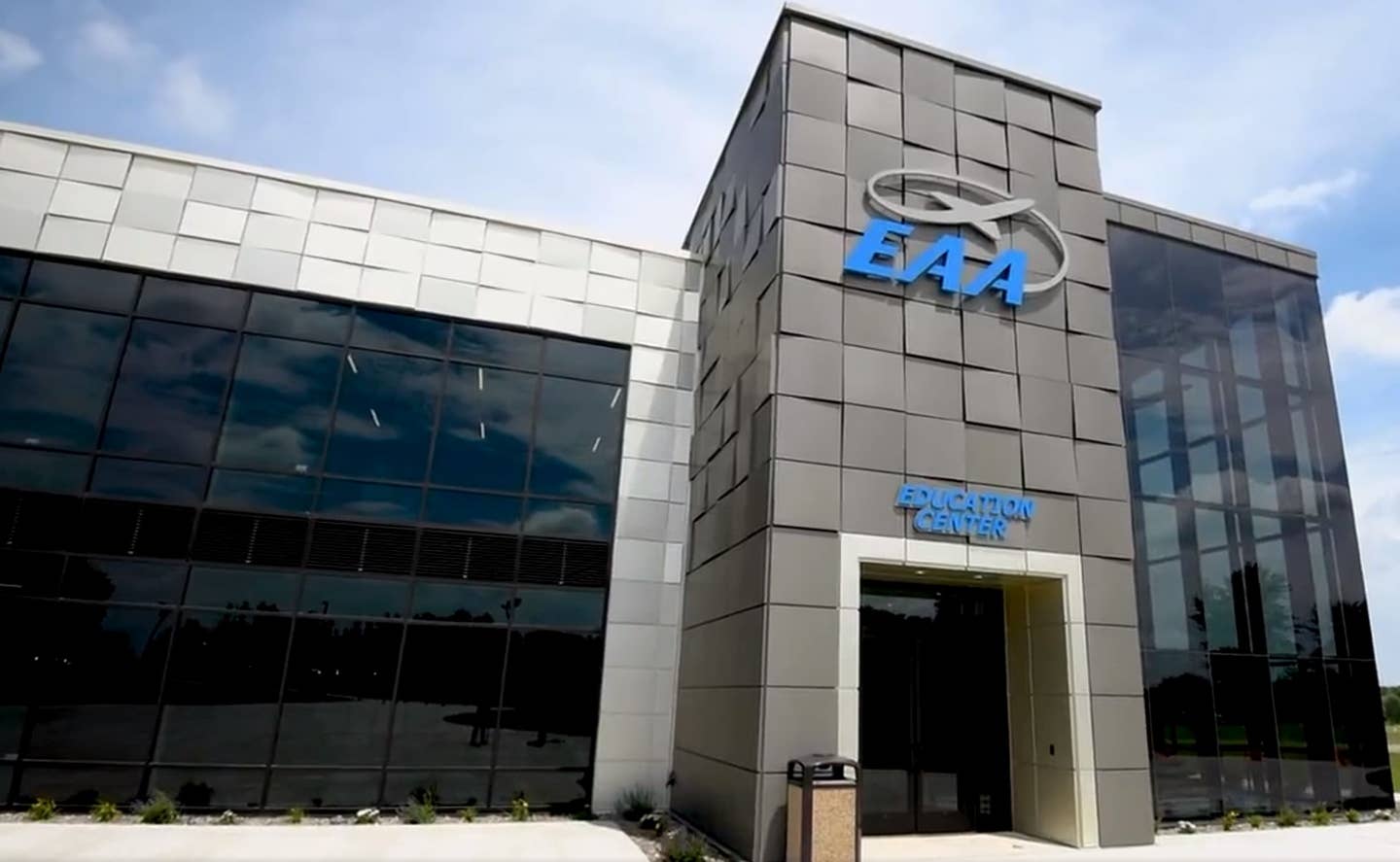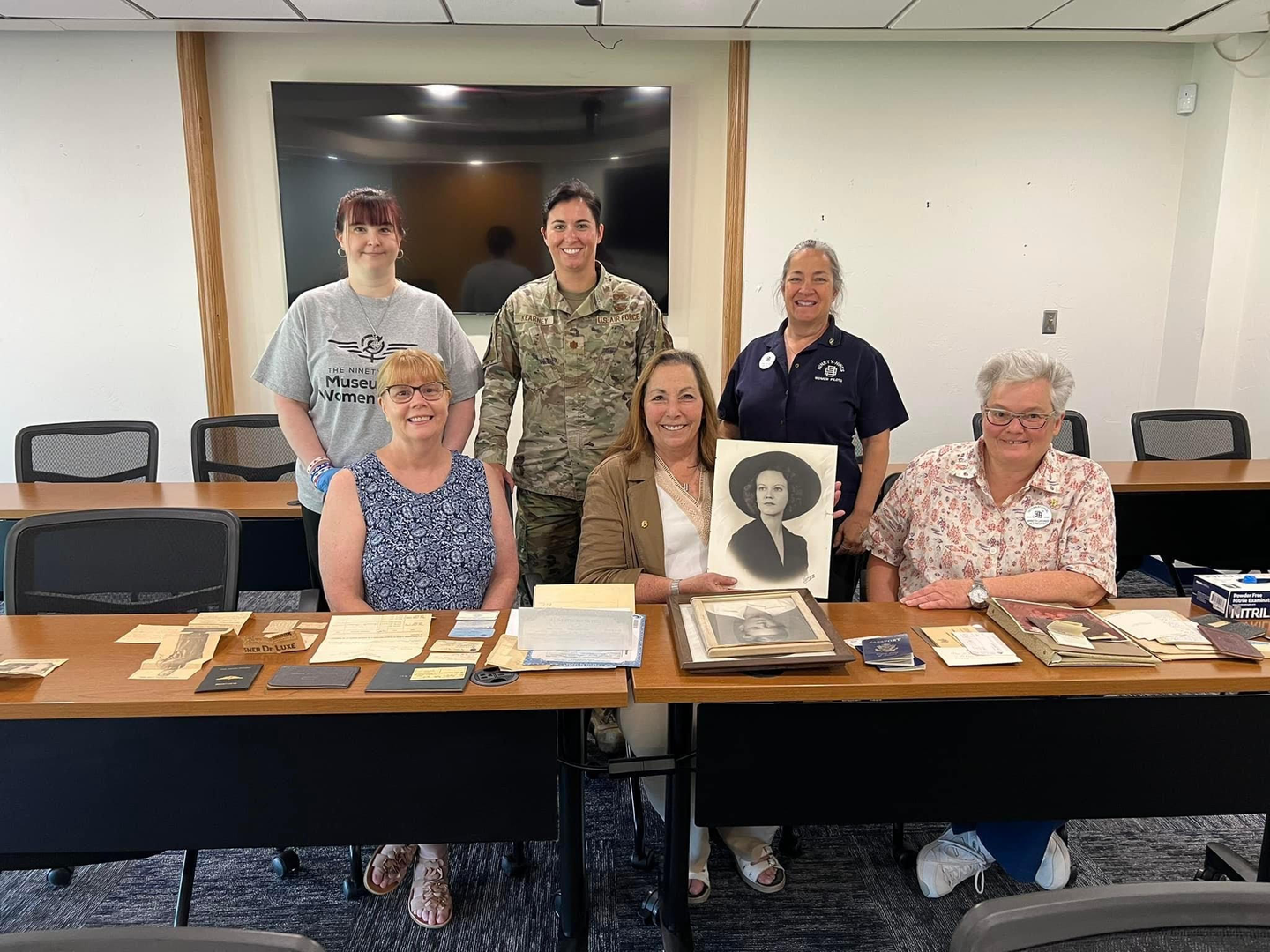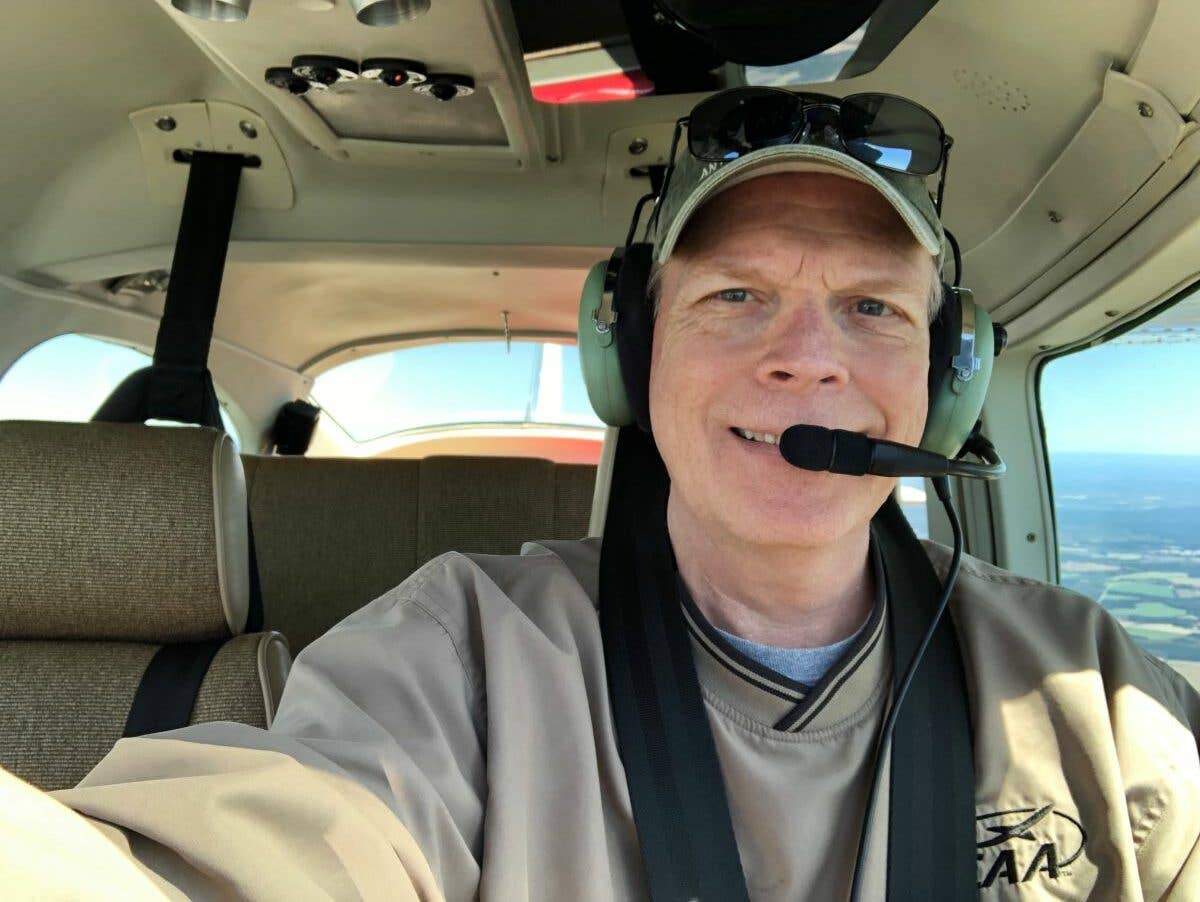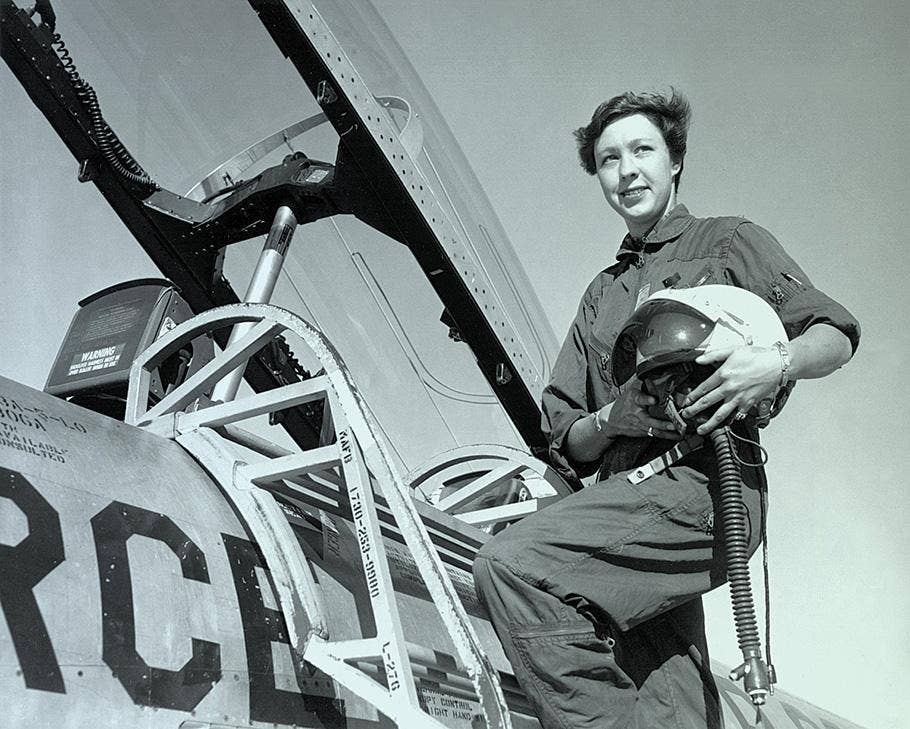First Flights
From the Wright Flyer to the DC-3—to the first flights in new airplanes today, how we learn makes a difference.
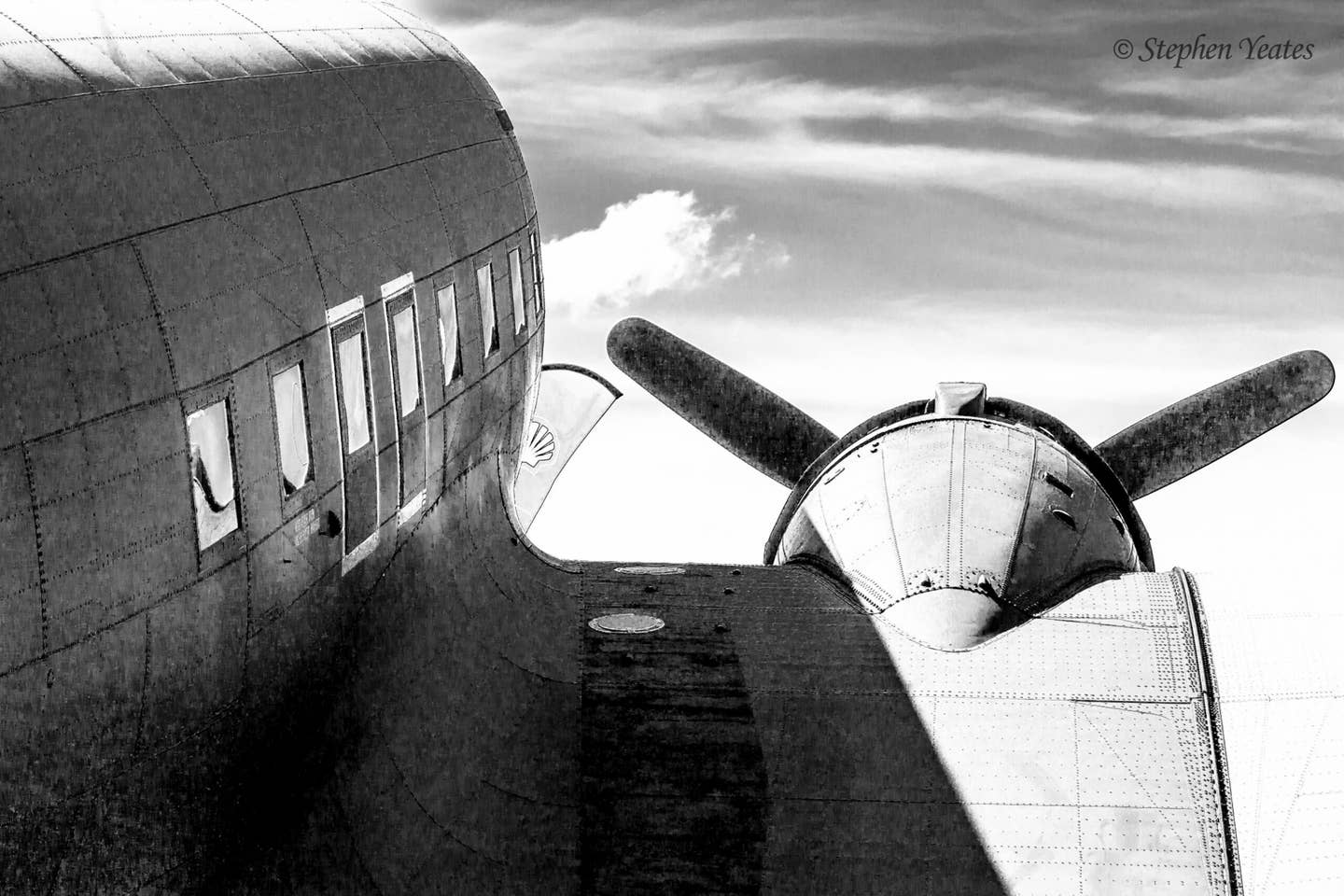
The first flight of the Douglas DC-3 also took place on December 17, in 1935. [Credit: Stephen Yeates Photography]
When you know you’re going to mangle an airplane over and over in your attempt to fly it, you choose soft sand—or forgiving prairie grass.
This was certainly true of the Wright Brothers in 1903 as they approached the aerial tests that would either prove their theories of controlled flight—or send them crashing again and again into the sand, scattering the pieces of their now-famous fabric-and-wood biplane across the dunes.
They had experience with this kind of development program, as they taught themselves to fly beginning with the first biplane-style kite they ordered in 1899, and through the piloted gliders they built and flew—more or less successfully—in 1900 and 1901.
With the 1903 Flyer, they had an evolution of the wing-warping flight control system they had developed, and other known quantities. But it was the first series of flight tests for Charles Taylor’s new twelve-horsepower engine, the first trial of a novel means of driving the propellers—and the first time the Wrights would try their method of lateral and pitch control under power.
Though the Wrights appeared methodical in their approach, the willingness to take on so many leaps forward at once took a lot of nerve. And it made for the Eureka! moment we will celebrate again on December 17, 119 years later.
Trial and Error—and Creative Experimentation
When researching my latest biographical take on Clyde Cessna, I was struck again by the trial-and-error method by which the first flights he made in his version of the Blériot XI took place just a few years later, in 1909.
Twelve crashes before success? The first one or two would be enough to get your pilot certificate pulled these days. But, wait—he held no such piece of paper. He learned to fly by observing the actions of those few pilots around him, then he strapped himself into the machine he had built and gave it a go. The tall grass prairie with its open prospects and flat land must have given him some kind of confidence that the pile-up at the end of a botched landing attempt wouldn’t hurt too much. However, he did spend some time at the doctor’s office along the way.
But what he learned from this creative experimentation was an extraordinary amount—the curve went from hugging the X-axis to exponential. And within a couple of years, he had demonstrated his Silver Wings in front of enthusiastic crowds.
A Game-Changing Airliner
Flash forward just 26 years later, and on another December 17 afternoon in California, the first Douglas DC-3—actually, a Douglas Sleeper Transport—took flight. By 1935, Douglas Aircraft Company had matured enough in its flight test programs that the milestone we honor 87 years later was a mere logbook entry for chief pilot Carl Cover.
Certain aspects of an airplane’s flight characteristics won’t be known until that first foray into the sky. Witness the initial climb of the DC-1, and the carburetors installed backwards that nearly cut the program short. What Cover had learned before as a pilot saved them—and the airplane—and the thousands of flights of the DC-2 models set them up for success with the DC-3.
But they were also supported by a modern approach to the experimental flight test program, with advanced wind tunnel testing and modeling, incremental expansion of the flight envelope, and the building of performance charts to capture the way the airplane should be flown when it came on line.
First Flights in Modern Times
Over the past 25 years, I’ve had the privilege to fly several dozen new airplanes in various stages of pre-production and immediately after they have made it out of the factory, as well as those that have been in the field for a while but are still new to me.
I’ve made my own first flights with the incredible benefit that neither the Wrights nor Cessna had—quality instruction during the process. A wide range of pilots have been there in the right seat to guide me through those introductions, with just as many styles of imparting critical—yes, lifesaving—information in a timely and digestible manner.
From Scott Anderson in the Cirrus SR20 in 1998 to Charlie Wilcox in the Cessna Skycatcher in 2008, many of these patient teachers have come from experimental flight test operations. Others have been master flight instructors like Kirby Ortega, in the Grand Caravan, or Roger Sharp, in the Beech 18.
My recent introduction to the Kodiak series—the 100 and the new 900 that we will feature in an upcoming We Fly—represented well this range of approaches. Chief demo pilot and sales and marketing director Mark Brown introduced me to the 900 this fall. With his 8-plus years first with Quest Aircraft and now with Daher, Brown drew from operating the previous model all over the globe, and being part of the development of the new model. His comfort with the airplane through all its regimes meant our demonstration could explore the finer points of the 900—and why it’s unique among single-engine turboprops.
For my first flights in the 100, I had a real treat: I flew with two longtime CFIs in sequence, with the explicit purpose to learn from each of them. Daher’s director of training Wayman Luy knew my flying style from our previous flights in the TBM series, and tailored his approach accordingly, drawing spot-on comparisons to what we had flown before. Daher Aircraft USA CEO Nicolas Chabbert brought an entirely different take, basing our lesson together on his experience and training at mountain airports in France—as well as his fluency in PT6 management over decades of steering the TBM program.
We found a strip of grass to show off the Kodiak’s capabilities—and it didn’t even need to be that forgiving for a handful of my first landings in the 100. Yes, my learning curve may have been merely geometric, rather than exponential, but that’s only because I have had the benefit of flying with such fantastic teachers.

Sign-up for newsletters & special offers!
Get the latest FLYING stories & special offers delivered directly to your inbox


